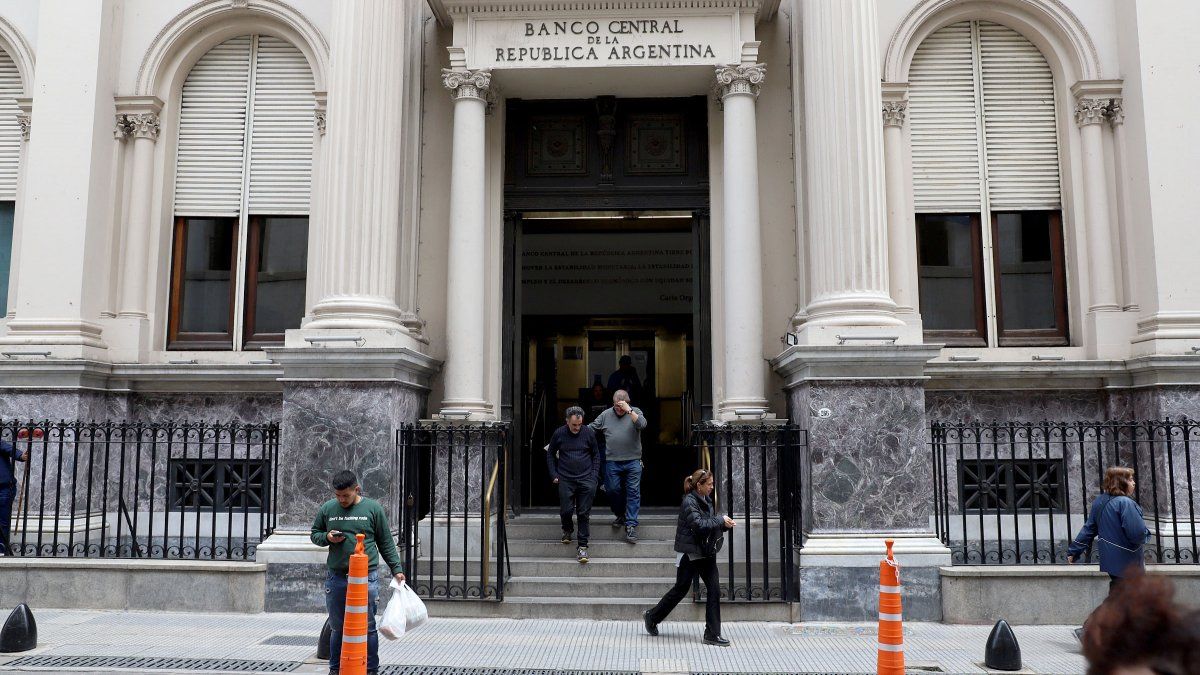The market expressed some surprise at the result as it expected a higher number. Although it is not ruled out that demand could increase in the coming weeks.
The Central Bank (BCRA) announced the results of the first auction of Series 2 of the Bonds for the Reconstruction of a Free Argentina (BOPREAL)revealing that a total of 349 offers were received that were completely awarded, reaching a total amount of VN US$271 million.
The content you want to access is exclusive to subscribers.
This launch, intended exclusively for companies in the MSME segment, marked the beginning of a series of weekly tenders that will continue until the maximum amount of VN u$s2,000 million is covered. It is important to note that the initial participation was restricted to that sector, which suggests a possible increase in demand in the near future, when the bidding is opened for all companies.


However, The market expressed some surprise at the result, as it expected a higher number. Although it is not ruled out that demand could increase in the coming weeksespecially when access is expanded to all companies, not just MSMEs.
Regarding the prospects in the secondary market, analysts maintain that this bond could be attractive to importers, allowing them to acquire dollars quickly. And they predict a high price in the order of US$80, which would make it easier to obtain dollars at a favorable exchange rate of $1,219.
While the National Value Comission advances with the deregulation of the capital market with an eye toward the success of BOPREAL, the Central Bank supports this instrument with the objective of reducing inherited commercial debt and absorbing pesos, reducing the monetary surplus.
BOPREAL, designed to address the debt owed to importers inherited from the previous government, seeks to resolve the gap between permits granted for imports and access to the necessary dollars. Econometrica reports that the total stock of import debt surveyed by the BCRA amounts to $42.6 billion.
The three risks of BOPREAL
Bond parities could fall for the following reasons:
- Delay the real TC again, generating a smaller trade surplus. However, the expectation of a new exchange rate jump to come combined with the gapcould make ARS 818 look like a good entry point, beyond the exit point.
- That the Treasury continues to have access to the Central Reserves through Non-Transferable Bills, as it did on previous occasions. In this sense, the idea of the “best issuer” would be questioned. The alternative is that at least part of the non-transferable bills be reversed in the short term and a clear direction is established.
- Low liquidity: The first tenders were small and it is still not clear how much liquidity these securities will have in the secondary market.
Initially, analysts believe that the market should begin to narrow the bid offer spread from $50-$80 towards something closer to $60-$70. We hope to see the first relevant operations around. It should be noted that bonds of similar duration from the Province of Córdoba operate at around 14%, while in Salta they yield 18%.
Source: Ambito
I am a 24-year-old writer and journalist who has been working in the news industry for the past two years. I write primarily about market news, so if you’re looking for insights into what’s going on in the stock market or economic indicators, you’ve come to the right place. I also dabble in writing articles on lifestyle trends and pop culture news.




